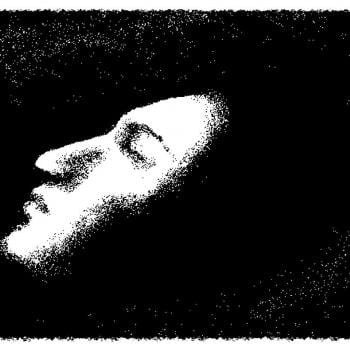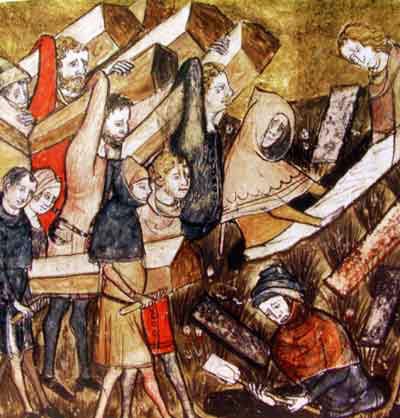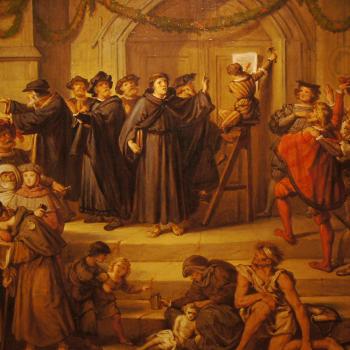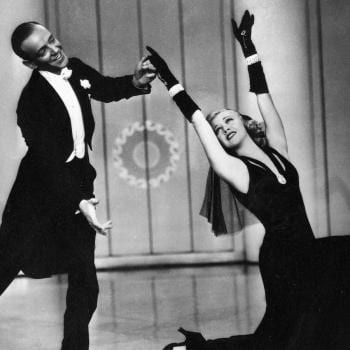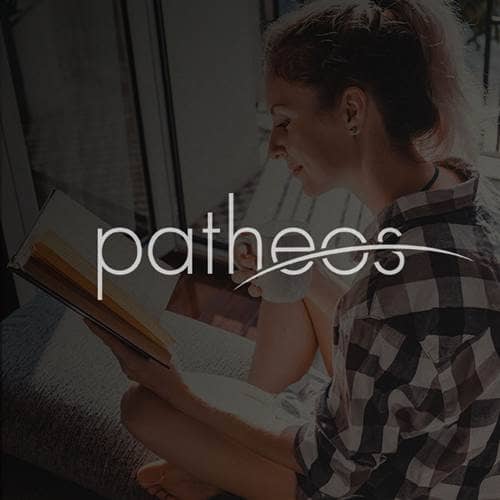- Trending:
- Pope Leo Xiv
- |
- Israel
- |
- Trump
- |
- Social Justice
- |
- Peace
- |
- Love

RELIGION LIBRARY
Zen
Sacred Narratives
The sacred narrative that in many ways serves to define Chan, or Zen, is the story told by the Platform Sutra about the sixth patriarch, Huineng. Before the argument occurred over the legitimate successor of the fifth patriarch, Hongren, there were a number of small groups and competing factions with some common ideas. Those common ideas were innovations within the Buddhist tradition in China. The creation of the Platform Sutra was part of the process of establishing Chan as a distinct and unified Buddhist sect.
Little is known about the historical person, Huineng, and most scholars agree that the story told in the sutra is not based on historical fact. More important than its historicity, however, is the structure the sutra provides as a basis for the development of Chan.
The Platform Sutra tells, in first person, the story of a poor and illiterate boy from Guangdong who overheard someone reciting the Diamond Sutra and experienced a flash of insight. An act of kindness by a patron covered expenses for the care of the boy's widowed mother, so that he could set off to the north to study at the monastery from which the individual who was reciting had come.
Arriving at the monastery, Huineng was not taken seriously as a student because of his lack of intellectual sophistication, and instead was put to work chopping firewood and threshing rice. Despite this rejection, the patriarch recognized the boy's unusual spiritual talents, and he indicated to Huineng that he had avoided giving him any attention because he felt it was unsafe.
One day the patriarch assembled all the monks and instructed them to write a poem about the essence of mind, and stated that the writer of the poem that displayed the clearest understanding of Zen would become his successor. All the students were convinced that the star pupil, Shenxiu, would be chosen, so none of them submitted a poem. Shenxiu found the pressure of the situation intimidating. Eventually he decided to write his poem on the wall in secret, and only to admit it was his if the patriarch approved of it.
This is the poem he wrote:
The body is a Bodhi tree,
The mind a mirror bright
Time and again brush it clean,
And let no dust alight.
Although the patriarch publicly praised the verse, in private he told Shenxiu that it did not demonstrate a complete understanding, and that he should submit another instead.
In the meantime, Huineng, who could not read, overheard a boy reciting Shenxiu's verse. He asked the boy to take him to the wall where the verse was written so that he could properly honor it. A local official happened to be there at the time, and Huineng told him he also had composed a verse. He asked the official to write it on the wall for him, as he could not write.
This was his verse:
There is no Bodhi tree,
No mirror standing bright.
If everything is void;
Where can dust alight?
Everyone admired this verse, but when the patriarch saw it he erased it immediately to protect Huineng from jealous pupils.
Later that night, he sent for Huineng and taught him about the essence of mind, and Huineng was instantly enlightened. Then the fifth patriarch told Huineng that he was his official spiritual heir, and gave him his robe and begging bowl, which signified Huineng's status as the sixth patriarch. The fifth patriarch then told Huineng to leave immediately, as some might wish to harm him for "stealing" the spot they felt rightfully belonged to Shenxiu.
After two months of travel, Huineng realized that several hundred men were following him to take the succession away from him. When the first pursuer had almost caught up with him, Huineng threw the robe and begging bowl down on a rock, saying that they were only symbols anyway, but the man was unable to lift them. At this, he said to Huineng, "I came for the dharma, not the robe." Huineng taught him, and he was instantly enlightened.
Afterward, Huineng hid for many years before deciding to go to a temple in Guangdong. After the monks there questioned him on the dharma, they quickly realized that he must be the heir to the fifth patriarch. At this temple he launched his work as a teacher, and he continued to teach for the rest of his life. Thereafter, whenever he taught, all who heard him immediately became enlightened.
When it came time for Huineng to appoint a successor, he declared that all of his students were his successors, and that the tradition of passing the robe would be discontinued. This did not, in fact, occur, and the practice of naming successors within various lineages of Chan has continued throughout its history. The practice of confirming that succession by passing the robe and begging bowl, or giving the successor a painting of the master, or a certificate of succession has also persisted. There are however, many different schools with different lineages within Chan and Zen, and also cases in which more than one successor has been named.
The idea of "dharma transmission," or direct passing of enlightenment from teacher to student, is an enduring legacy of the story. A teacher may have a number of "dharma heirs," only one of whom is normally the official successor for purposes of administering a monastic complex.
Other elements of the story that have been central to Chan and Zen include instantaneous enlightenment; that no special status or abilities are required to become enlightened; and that all monks should work, and work can be a means to enlightenment. Finally, the debate has persisted between those who argue that there is a special essence to be revealed through "polishing" the mind versus those who argue that there is no such essence distinct from the rest of existence.
Study Questions:
1. What does the Platform Sutra reveal about Zen's succession?
2. How did Huineng become the sixth patriarch?
3. Why did Huineng want to discontinue the tradition of the robe and bowl?



